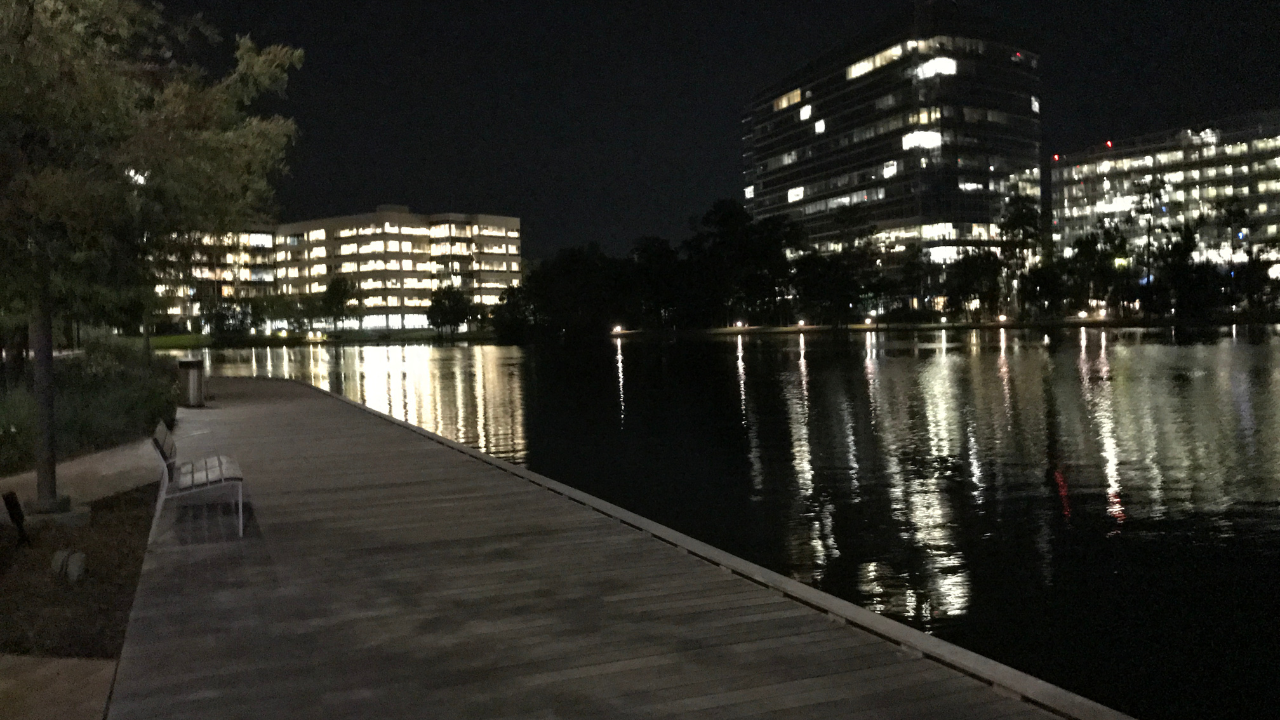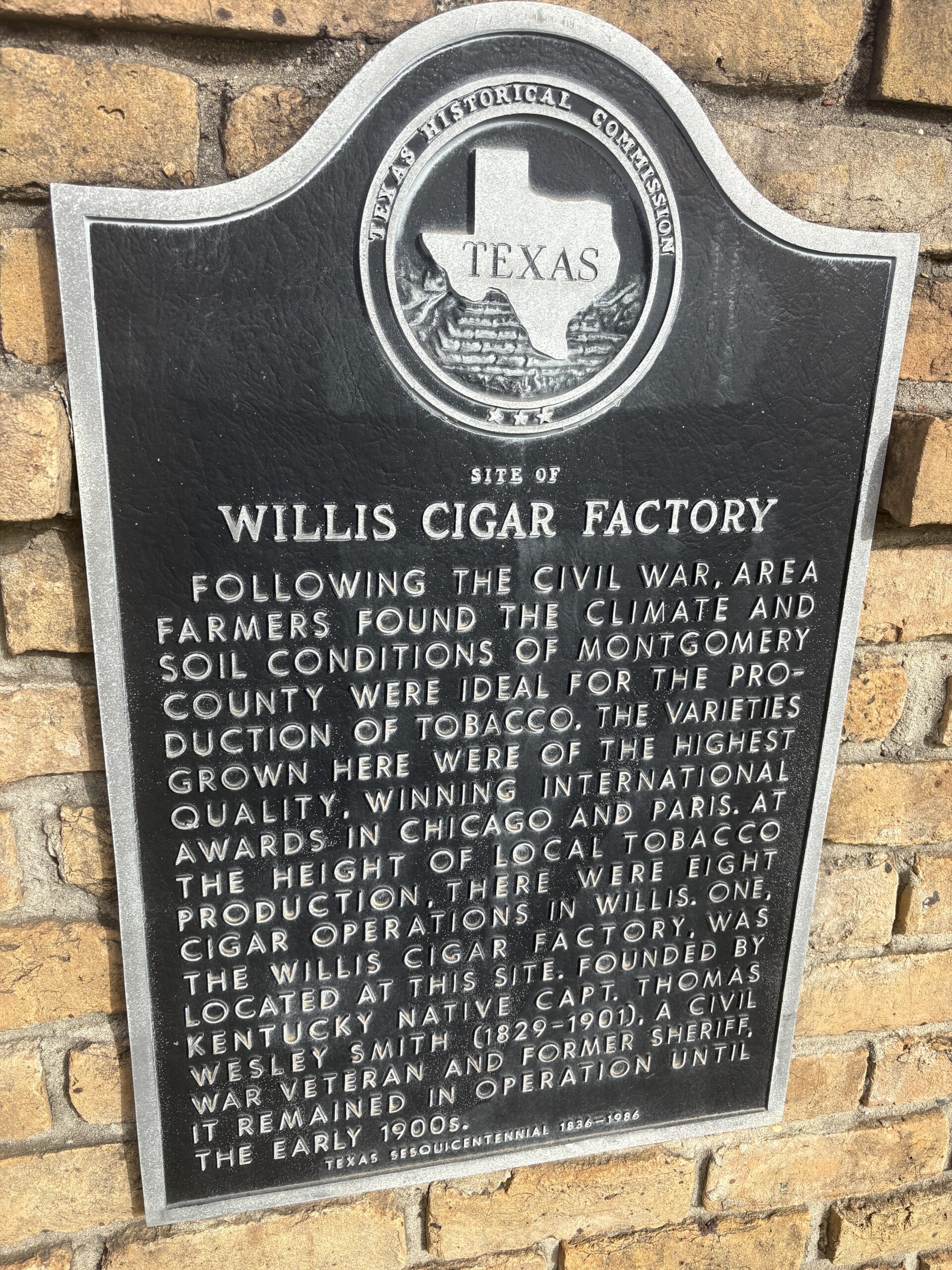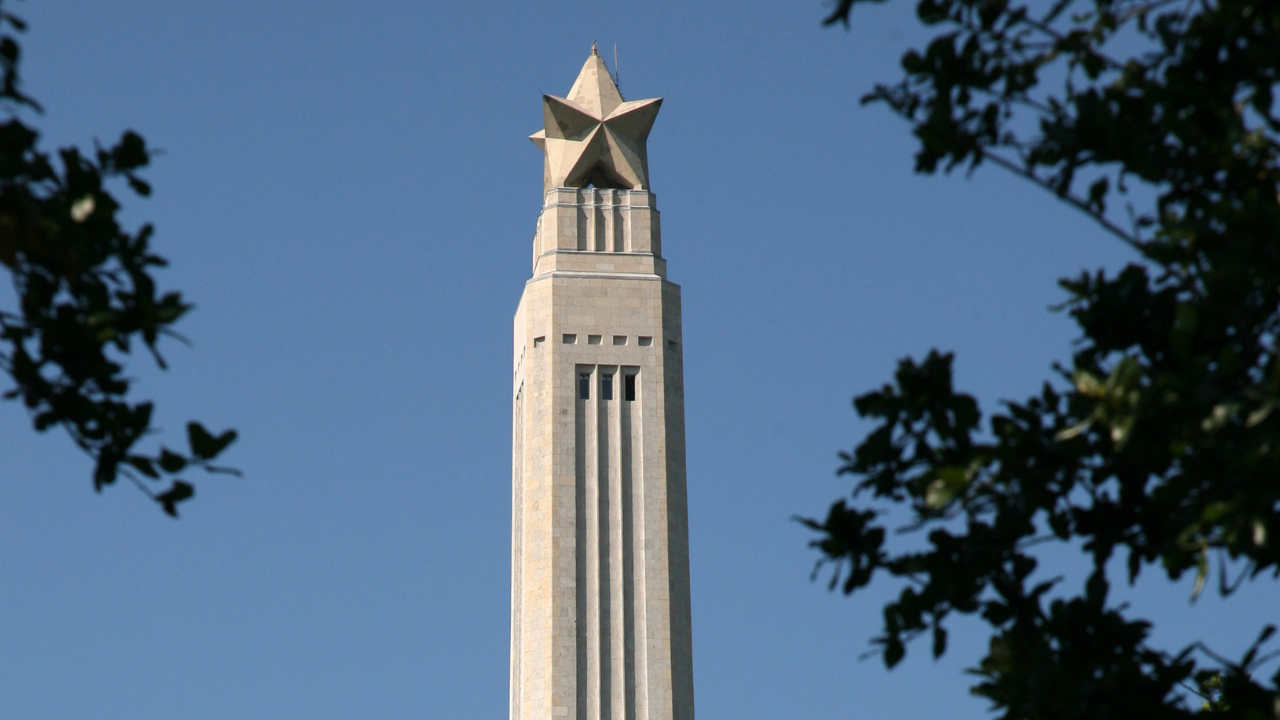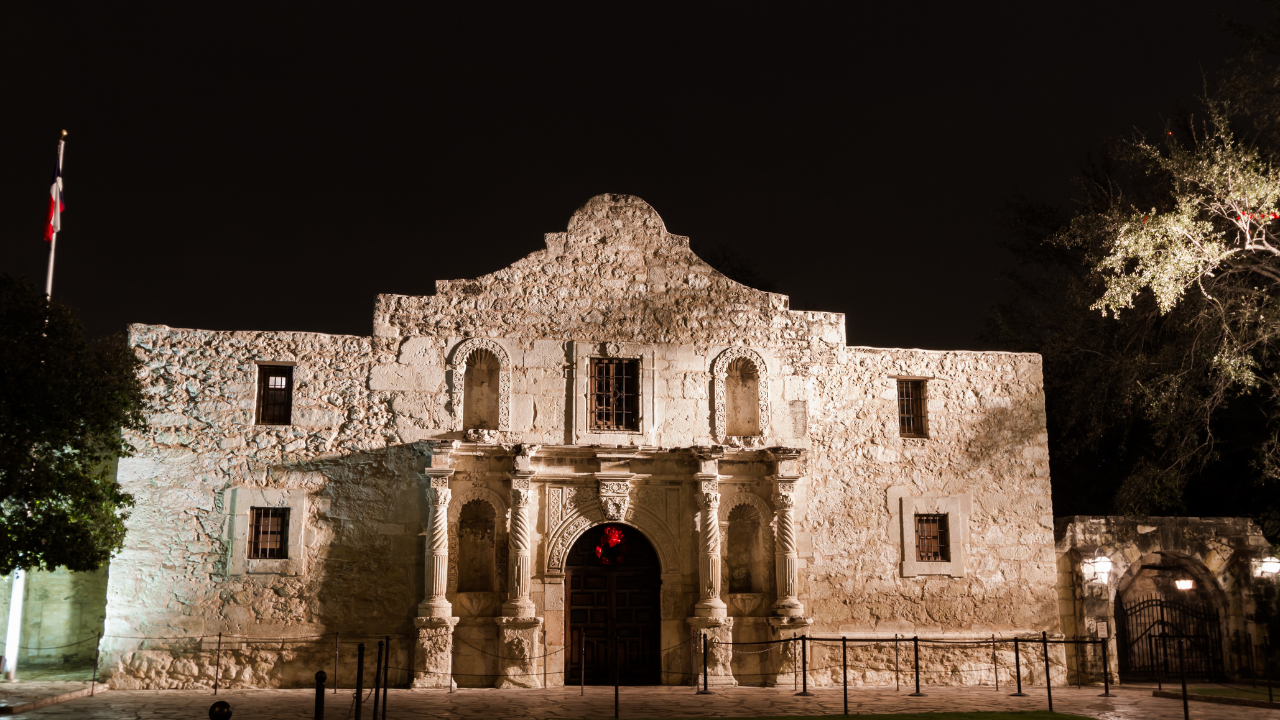Texas Tales: Legendary Stories and Historic Adventures from the Lone Star State
Discover the Fascinating History of Crystal Beach, Texas

Brought to you by the Red Hawk Property Team powered by JLA Realty
A Coastal Community Rooted in History
Crystal Beach, Texas, nestled along the scenic Bolivar Peninsula, is more than a tranquil beach town—it’s a vibrant community with a rich and resilient past. From Native American heritage to pirate tales and modern-day beach life, the story of Crystal Beach is as captivating as its views of the Gulf of America.
Early Beginnings: Native Tribes and European Arrival
The Akokisa People
Long before development, the Akokisa tribe called the upper Texas coast home, including what we now know as Crystal Beach. These early inhabitants fished, hunted, and lived off the bounty of the Gulf, thriving in this rich coastal environment.
Spanish and French Influence
In the 1500s, Spanish explorers charted the Texas coastline. But it was French pirate Jean Lafitte who left a lasting impression on the region in the early 1800s. Operating from nearby Galveston Island, Lafitte’s presence drew traders and settlers, opening the door for Crystal Beach’s eventual development.
The Birth of Crystal Beach
From Patton to Paradise
The community was originally known as Patton, a small railroad stop in the early 20th century. By the 1940s, the name “Crystal Beach” was adopted—its sparkling shoreline reminiscent of Crystal Beach, Ontario. This rebranding helped transform the area into a vacation destination.
Visionary Development
Developers Mr. Avery and Mr. Rebstock helped shape Crystal Beach into a seaside community. They laid out streets in square blocks and created a coastal parkway, giving residents and vacationers easy access to the beach and beautiful views of the Gulf.
Growth, Incorporation, and Setbacks
Incorporation and Independence
Crystal Beach was officially incorporated in 1971, although by 1987, it returned to unincorporated status after several disincorporation votes. Despite the political changes, the community continued to grow, becoming the largest settlement on the Bolivar Peninsula by 1990.
Economic and Community Development
By the late 20th century, Crystal Beach boasted a range of local amenities including banks, hotels, supermarkets, and real estate agencies. It became the heart of the peninsula’s commercial and residential activity.
Resilience in the Face of Adversity
Hurricane Ike (2008)
Crystal Beach faced one of its greatest challenges when Hurricane Ike made landfall in 2008. With a storm surge over 20 feet, much of the community was devastated. Entire blocks were wiped out, and the rebuilding effort was immense.
Rebuilding and Renewal
In true Texas spirit, the residents of Crystal Beach showed remarkable resilience. Homes were rebuilt, businesses reopened, and new families continued to move in, drawn by the beauty and promise of this coastal town.
Cultural Heritage and Community Spirit
Festivals and Local Traditions
Events like the annual Texas Crab Festival showcase Crystal Beach’s local charm. Community projects and historic preservation efforts reflect the pride residents have in their town’s legacy.
A Welcoming, Tight-Knit Community
Despite its growth, Crystal Beach maintains a close-knit feel. It’s a place where neighbors know each other, and where visitors often decide to stay a little longer—or even permanently.
Why Crystal Beach, Texas Is Still Making History
Whether you’re enchanted by the stories of pirates, the resilience of a community rebuilt after storms, or the peaceful call of the Gulf waves, Crystal Beach offers something unique. It’s not just a place to visit—it’s a place to call home.
Looking to Make Crystal Beach Home?
The Red Hawk Property Team powered by JLA Realty is here to help you write your own chapter in Crystal Beach history. Whether you’re looking for a vacation retreat or a forever home, we’re your trusted local experts.
📲 Contact us today and let’s explore your options on the Bolivar Peninsula!
The History of the Texas Flag: Born in Montgomery, Texas

The Texas flag, known around the world as the “Lone Star Flag,” is more than just a state emblem—it’s a proud representation of Texas’s legacy of independence, bravery, and unity. While the bold red, white, and blue design is instantly recognizable, few people know that the origin of this iconic flag traces back to Montgomery, Texas. In this post, we’ll explore the rich history of the Texas flag, what it represents, and why Montgomery is considered its official birthplace.
This post is brought to you by the Red Hawk Property Team powered by JLA Realty, your trusted local real estate experts serving Montgomery and across Texas.
The Lone Star Flag: A Symbol of Texan Spirit
Officially adopted on January 25, 1839, the Texas flag was introduced as the national flag of the Republic of Texas. Its design includes a vertical blue stripe containing a single white star, and two horizontal stripes—white on top and red on bottom. These elements represent the foundational values of the Texan people:
-
Blue stands for loyalty
-
White symbolizes purity and liberty
-
Red represents bravery
The lone star—bold and unaccompanied—reflects Texas’s independent spirit and unity as a people.
Montgomery, Texas: The Birthplace of the Texas Flag
Montgomery holds a special place in Texas history as the official birthplace of the Texas flag. In 1838, Dr. Charles Bellinger Stewart, a resident of Montgomery and an early Texas statesman, sketched a proposed design for a national flag. His drawing, later submitted to the Congress of the Republic of Texas, became the basis for the Lone Star Flag adopted in 1839.
Today, Montgomery proudly celebrates its role in the creation of the Texas flag. Visitors can explore local landmarks such as the Montgomery Historic Flag Park and see a statue honoring Dr. Stewart, preserving the story of where the Lone Star legacy began.
Texas: A History of Six Flags
Before the Texas flag we know today was flown, Texas existed under six different national banners. Each flag represents a unique chapter in the state’s history:
-
Spain
-
France
-
Mexico
-
The Republic of Texas
-
The Confederate States of America
-
The United States of America
The Lone Star Flag first represented the independent Republic of Texas and later became the official state flag when Texas joined the Union in 1845. Unlike other U.S. states, Texas retains this bold emblem from its independent past, making its flag one of the most distinctive and meaningful in the nation.
The Meaning Behind the Design
Beyond its striking visual appeal, the Texas flag carries deep symbolism:
-
The single white star speaks to the unity of Texas and its independent identity
-
Blue honors steadfast loyalty to the ideals of freedom
-
White is the color of purity and honest governance
-
Red reminds us of the bravery and sacrifices made in pursuit of liberty
This simple but powerful design continues to evoke pride in Texans across the state and beyond.
A Lasting Legacy in Modern Texas
Today, the Texas flag flies proudly across the state, displayed on homes, government buildings, schools, and businesses. Its presence is a daily reminder of the state’s storied past and the values Texans still hold dear. Nowhere is that pride felt more deeply than in Montgomery, the community where this historic symbol was born.
Explore Montgomery, Texas—Where the Texas Flag Was Born
Montgomery is more than a picturesque Texas town—it’s the cradle of one of the most important icons in the state’s history. With its charming downtown, historic sites, and strong sense of community, it offers residents and visitors alike the chance to walk in the footsteps of history.
If you’re thinking about buying or selling a home in Montgomery, the Red Hawk Property Team powered by JLA Realty is here to help. With deep roots in the area and a commitment to top-tier service, we’re proud to guide our clients in the same town where Texas’s most enduring symbol was born.
Thinking of Making Montgomery Your Home?
Let us show you why Montgomery, Texas is more than just historic—it’s a place where families build their futures, surrounded by heritage, pride, and a strong sense of community. Contact the Red Hawk Property Team today to find your place in this legendary Texas town.
The History of The Woodlands, Texas: From Vision to Vibrant Community

The Woodlands, Texas, is more than just a master-planned community — it’s the result of one man’s visionary dream to blend modern living with the natural world. Located just north of Houston, The Woodlands has become a nationally recognized model for sustainable development, vibrant community life, and environmental stewardship. Here’s a look into how this extraordinary township came to be and where it’s headed.
The Visionary Roots of The Woodlands
The Woodlands was the brainchild of oilman and philanthropist George P. Mitchell. Inspired by the success of Columbia, Maryland — one of the first modern planned communities — Mitchell wanted to create a place where people could live, work, learn, and play all within a natural, forested environment. In 1964, he acquired 2,800 acres from the Grogan-Cochran Lumber Company, which eventually expanded to over 17,000 acres of lush, wooded land.
Mitchell’s goal was to create an integrated, self-sustaining community that preserved the natural landscape while promoting economic growth and residential development. From the start, The Woodlands was designed with the future in mind.
Major Development Milestones
The first village, Grogan’s Mill, opened in 1974 — a pivotal moment that officially marked the beginning of The Woodlands. Over the next few decades, the community saw rapid expansion and key milestones:
-
In the 1980s, The Woodlands Hospital opened, Lake Woodlands was filled, and the South County YMCA became a central hub for families and recreation.
-
In 1990, the Cynthia Woods Mitchell Pavilion opened, becoming one of the premier outdoor amphitheaters in the country.
-
By 1993, plans for The Woodlands Town Center kicked off, leading to a thriving commercial core with shopping, entertainment, and business centers.
Each decade brought a new wave of innovation while preserving the foundational principles of community, nature, and sustainability.
A Commitment to Environmental Preservation
From the very beginning, environmental stewardship was central to The Woodlands’ identity. Nearly 28% of the community’s total acreage is preserved as green space, including public parks, natural preserves, and golf courses. Strict design guidelines ensure that builders work with the land — not against it — protecting trees and native vegetation whenever possible.
The community boasts over 151 parks and more than 220 miles of hike and bike trails, weaving nature into everyday life. This emphasis on conservation has helped maintain the unique charm and natural beauty that sets The Woodlands apart.
A Thriving Community Culture
The Woodlands isn’t just about where you live — it’s about how you live. The community supports a wide range of lifestyles with top-rated schools, exceptional medical facilities, houses of worship for all faiths, and events that bring residents together. From outdoor concerts at the Pavilion to farmers markets and art festivals, The Woodlands has cultivated a strong sense of belonging and engagement among its residents.
Neighborhood villages foster local identity, each with its own parks, schools, and community centers, reinforcing the feeling of a small-town lifestyle within a larger, connected framework.
Governance: A Unique Township Model
The Woodlands is governed by The Woodlands Township, a special-purpose district that provides municipal-level services without incorporation as a city. While residents voted against incorporating in a 2021 referendum, the township continues to function efficiently with a board of directors focused on maintaining quality of life, public safety, parks and recreation, and economic development.
This structure allows The Woodlands to maintain a high level of autonomy and responsiveness to resident needs without the burden of additional city-level taxes or bureaucracy.
Looking Ahead: The Future of The Woodlands
Today, The Woodlands is a thriving community that serves as a national model for master-planned development. Its combination of natural beauty, world-class amenities, and thoughtful urban planning continues to attract families, professionals, and retirees alike.
As it evolves, The Woodlands remains true to George Mitchell’s founding vision — a place where people can live in harmony with nature, support one another in community, and thrive in every aspect of life.
Whether you’re considering a move or simply exploring what makes this area so special, The Woodlands stands as a shining example of what’s possible when vision meets purpose.
Willis Texas History: How a Cigar Factory Shaped a Community

Introduction
The Texas Historical Commission marker at the Willis Cigar Factory site commemorates the booming tobacco industry that once flourished in Willis. Following the Civil War, local farmers discovered that the climate and soil of Montgomery County were ideal for tobacco cultivation. The varieties of tobacco grown around Willis proved to be of the highest quality, even earning international awards at expositions in Chicago (1893) and Paris (1900). This post-war tobacco boom put Willis on the map, transforming it from a small railroad stop into a bustling community hub with a growing population and economy.
Post-Civil War Tobacco Boom in Willis
In the late 1800s, Willis, TX became the center of Texas’s fledgling cigar industry. Farmers in the area, many of them former Confederate veterans and new settlers, seized the opportunity to grow premium tobacco. By the 1890s, Willis was producing up to 90% of all tobacco grown in Texas within just a five-mile radius of town. At the height of this boom, Willis boasted vast tobacco fields and as many as seven to eight cigar factories in operation.
For a frontier town of only a few hundred residents, this was an astounding burst of growth and prosperity. The quality of Willis’s tobacco was so renowned that it won first prize at the World’s Columbian Exposition in 1893 and again at the Paris World’s Fair in 1900—a point of immense pride for local growers.
This success fostered a spirit of entrepreneurship and optimism in Willis. One prominent example was Captain Thomas Wesley Smith, a Kentucky native, Civil War veteran, and former Montgomery County sheriff who founded the Willis Cigar Factory in the 1870s. Capt. Smith’s venture was one of the town’s earliest and most successful cigar operations. He reinvested in the community, using his profits to build an opera house in Willis as a center for culture and entertainment.
By 1895, the once-tiny railroad town had blossomed into a lively locale with amenities uncommon for its size—an opera house, a two-story college, multiple churches, and dozens of shops and businesses bustling with activity. Willis had truly become a community hub in Montgomery County, attracting workers, farmers, and their families in search of opportunity.
Willis Cigar Factory: A Community Cornerstone
The Willis Cigar Factory itself became a cornerstone of the local economy and identity. Housed in one of the first brick buildings in town, the factory employed dozens of residents, with one historical account noting a single cigar plant employing over 100 people at its peak. Neighbors could hear the buzz of activity as skilled cigar rollers crafted cigars from locally grown leaves.
The industry’s success even spurred friendly competition with nearby towns; at one point, Willis outpaced the larger town of Conroe in the “tobacco race,” solidifying Willis’s reputation as the “tobacco king” of Texas.
Local citizens took great pride in this prosperity. They invested in their town’s future by funding schools and even establishing the Willis Male and Female College in 1888—a coeducational institute built with funds raised by Willis residents themselves. Community events and social life thrived, with the opera house hosting performances and gatherings, and the railroad depot busy shipping out boxes of Willis cigars to far-off markets.
Many Texans began to recognize Willis not just as a dot on the map, but as a regional center of agriculture, commerce, and culture. The story of Capt. T.W. Smith and his cigar factory also exemplifies the tight-knit, supportive community spirit of Willis. As a war veteran and local leader, Smith’s involvement in business and civic life bridged generations. His factory remained in operation into the early 1900s, and during that time, he mentored others, including his son, who started his own cigar business.
From Boom to Bust – and Building Resilience
Like many boomtown stories, Willis’s tobacco era was grand but relatively short-lived. By the early 1900s, changing market forces brought this golden chapter to a close. After the Spanish–American War in 1898, the U.S. government lifted tariffs on Cuban tobacco imports, meaning Cuban cigars once again flooded the market. Practically overnight, Willis’s local growers lost their competitive edge.
The amount of tobacco under cultivation around Willis plummeted—dropping from about 1,000 acres at peak to just 70 acres by 1901 as farmers pivoted to other crops. Additionally, tobacco proved a challenging crop to cure and process in the Texas climate, and the cost of marketing Willis cigars against larger national brands was prohibitive. One by one, the cigar factories in Willis either closed or moved on. The Willis Cigar Factory site itself was abandoned by around 1910, and the brick building eventually succumbed to fire in the 1930s.
Yet, Willis did not become a ghost town after the tobacco boom collapsed. The momentum from those prosperous years helped the town transition into the 20th century with confidence. Locals had shown an uncanny ability to adapt and capitalize on opportunities while they lasted. After tobacco, Willis residents turned back to traditional endeavors like timber, cotton ginning, and livestock ranching—industries that had been there all along and now took center stage once more.
The railroad continued to ferry lumber and farm goods to market, keeping Willis relevant as a trading town. By the 1930s, an oil discovery nearby provided another economic boost, ensuring that the community would continue to grow and thrive through new avenues.
Moving to Willis, TX: Embrace a Town with History and Heart
For anyone moving to Willis, TX, the rich history of the Willis Cigar Factory and the tobacco boom is more than just a tale from the 1800s—it’s a reminder that Willis is built on perseverance, pride, and community. That same character endures today in the town’s festivals, local businesses, and warm welcomes to newcomers.
Whether you’re drawn by the appeal of Willis Texas history or the scenic lakes and forests nearby, you’ll be joining a community that values its past while looking forward to a bright future.
Ready to call Willis home? Reach out to the Red Hawk Property Team, powered by JLA Realty—the premier real estate team in Texas and the Willis real estate specialists serving home buyers, sellers, and investors. Our team is passionate about this community and its heritage. We’re here to answer your questions about real estate in Willis, TX, or Grand Republic Ranch, and help you find the perfect home where you can be a part of Willis’s ongoing story.
San Jacinto Monument: Houston’s Towering Tribute to Texas History

If you’re living in Houston, Texas or even thinking about moving to Houston, Texas, you’ve probably heard that everything is bigger in Texas. Well, that’s not just a saying – it’s history. One prime example is the San Jacinto Monument, a colossal memorial that stands as a proud testament to Texas History and the spirit of the Lone Star State. This iconic landmark isn’t just a random roadside attraction; it commemorates one of the most important battles in Texas (and American) history. In this post, we’ll dive into what makes the San Jacinto Monument so significant, explore the dramatic story behind it, and see why understanding this slice of Texas history matters for Houstonians (new and native alike). Whether you’re a history buff, a tourist mapping out must-see sites, or a potential Houston homebuyer wanting to connect with local culture, grab a snack and settle in – we’re about to explore Houston’s own towering tribute to Texas heritage.
Texas History Written in Stone: The Story Behind the San Jacinto Monument
Picture a massive stone column rising from the coastal plains east of Houston, gleaming in the sun with a giant star atop. That’s the San Jacinto Monument – the world’s tallest war memorial. Standing at about 567 feet tall, this monument soars roughly 15 feet higher than even the Washington Monument in D.C. (Everything is bigger in Texas, right?) It’s an Art Deco octagonal column crowned with a 34-foot, 220-ton Lone Star – the five-pointed star that symbolizes Texas. Built in the 1930s, this imposing structure is not just about size; it’s packed with symbolism and purpose.
The monument was constructed between 1936 and 1939 as part of Texas’s Centennial celebrations, marking 100 years since the Texians (as early Anglo settlers in Texas were called) won independence from Mexico. In fact, it was deliberately built on the very battlefield where Texas won its independence a century earlier, making the location just as meaningful as the monument’s height. The San Jacinto Monument was officially dedicated on April 21, 1939 – exactly 103 years after the Battle of San Jacinto – to honor the heroes who fought in the Texas Revolution.
From its very inception, the San Jacinto Monument was meant to be awe-inspiring. It was a bold statement by Texans in the 1930s that the legacy of 1836 would never be forgotten. The result? A towering beacon of Texas pride that literally stands above all others, reminding us that what happened on this soil was a big deal.
The Battle of San Jacinto: 18 Minutes that Changed Texas Forever
The Battle of San Jacinto, fought on April 21, 1836, was the final and decisive clash of the Texas Revolution. And get this – the actual fighting lasted just 18 minutes. In those few minutes, General Sam Houston led his outnumbered Texian army to a spectacular victory over General Antonio López de Santa Anna’s Mexican army, effectively ending the war in Texas’s favor.
Texas had rebelled against Mexican rule in 1835-1836 to seek independence. The war had been brutal. Just weeks before San Jacinto, Texans suffered tragic losses at the Alamo and Goliad, which became rallying cries (“Remember the Alamo! Remember Goliad!”) for Houston’s men. By April 1836, Santa Anna, the President of Mexico, was chasing the Texian forces across the region. Many thought the Texians were done for – they had been retreating for weeks, and morale was shaky. But Sam Houston was biding his time, waiting for the right moment to strike.
That moment came on the plains of San Jacinto, near the marshy banks of Buffalo Bayou. In a surprise attack at 4:30 pm, Houston’s troops stormed the Mexican camp while many of Santa Anna’s men were resting. Shouting those now-famous cries of vengeance, the Texians caught the enemy completely off guard. The battle was intense but incredibly swift – about 18 minutes of fighting decided it all.
Experiencing the San Jacinto Monument Today: Where History Comes Alive
One of the best things about the San Jacinto Monument is that it’s not just a static piece of stone to look at from afar – you can visit it and immerse yourself in the history firsthand. The site offers a rich experience for both history enthusiasts and casual visitors.
The monument itself features an observation deck that provides a breathtaking view of the surrounding area, including the historic battleground and the Houston Ship Channel. The museum at the base houses artifacts and exhibits about the Battle of San Jacinto and the Texas Revolution. There’s even a reflection pool and nature trail winding through the area, perfect for a peaceful stroll or picnic.
Why Texas History Matters When Moving to Houston, Texas
Houston isn’t just a city with impressive skyscrapers and world-class museums. It’s a city deeply rooted in the legacy of the Texas Revolution. Understanding a bit of Texas history can greatly enrich your experience of living in Houston. It helps you connect with local pride and see beyond the modern cityscape into the roots of the culture. Plus, it’s a great way to connect with your community and understand what makes Houston special.
Conclusion
Houston may be a bustling modern city, but reminders of its historic past are all around – and the San Jacinto Monument is perhaps the grandest reminder of all. This towering edifice encapsulates the bravery, sacrifice, and triumph that shaped Texas. If exploring the San Jacinto Monument and delving into Texas history has you imagining a life in the Lone Star State, why not make it a reality?
If you’re feeling inspired and interested in calling Houston home, connect with the Red Hawk Property Team, powered by JLA Realty. As the premier real estate team serving home buyers, home sellers, and real estate investors in the great state of Texas, we are here to help you every step of the way. Reach out to us today to learn more about living in Houston and finding your dream home.
The Alamo: San Antonio’s Historic Heart And Texas Treasure

Welcome to San Antonio, Texas – a city where history is part of everyday life. Among the many things to see in San Antonio, Texas, one landmark stands above the rest: The Alamo. This iconic old mission-turned-fortress is more than just a tourist attraction; it’s the heart of San Antonio’s heritage and a symbol of Texan pride. In this post, we’ll explore the rich history of the Alamo, why it’s one of the most important historical sites in Texas, and how its legacy adds to the charm and culture of San Antonio – a city you just might love to call home.
The Alamo’s Storied Past: From Mission to Military Post
Established in 1718 as Mission San Antonio de Valero, the humble adobe outpost that would become the Alamo has been a true crossroads of history. The Spanish founded the mission to spread their religion and influence on the Texas frontier. In fact, the mission moved a couple of times – a hurricane in 1724 forced it to relocate to the very spot in downtown San Antonio where it stands today. Over the next decades, the mission complex grew with the help of indigenous converts and Spanish missionaries, its stone church and courtyard taking shape amid the Texas wilderness.
As secular authority replaced the church, Mission Valero evolved into a military garrison. By the early 1800s, Spanish soldiers were stationed at the old mission. It’s around this time the post likely picked up the nickname “El Alamo,” either from a local stand of cottonwood trees (called álamo in Spanish) or in honor of the soldiers’ hometown, Alamo de Parras. Under no fewer than five flags of different nations, the Alamo served as a barracks for Spanish, then Mexican troops, and later the Texian militia and U.S. forces. Each era left its mark on the site. By the 1830s, the old mission’s adobe walls had been reinforced into a fortress – setting the stage for a confrontation that would forever enshrine the Alamo in history.
The 1836 Battle of the Alamo: Heroism in the Face of Impossible Odds
No story of the Alamo is complete without the legendary Battle of the Alamo. During Texas’s fight for independence from Mexico, a small band of Texian and Tejano defenders occupied the Alamo in February 1836, determined to hold it against General Santa Anna’s much larger Mexican army. After a 13-day siege, Santa Anna’s forces launched a predawn assault on March 6, 1836. The battle that followed was intense and brief – about 90 minutes of fierce fighting within the adobe walls. When the smoke cleared, all of the Alamo’s nearly 200 defenders had perished, including famed American frontiersmen James Bowie and David “Davy” Crockett. Their sacrifice was not in vain. The loss of the garrison was felt “all over Texas, and even the world,” and the bravery shown at the Alamo — by men from many backgrounds, including native Texians and European immigrants — became legendary.
News of the valiant last stand sparked a surge of resolve among the Texans. Just weeks later, General Sam Houston’s army surprised Santa Anna at the Battle of San Jacinto on April 21, 1836, shouting “Remember the Alamo!” as their battle cry. The Texans won a decisive 18-minute victory and secured Texas independence. Thus, the Alamo’s legacy was cemented. The phrase “Remember the Alamo” remains an enduring emblem of courage – taught in history books and immortalized in popular culture.
The Alamo Today: A Must-See Historic Site in Texas
Fast forward to today, and the Alamo still stands in the heart of downtown San Antonio – a carefully preserved shrine and museum that draws people from around the world. Over 1.6 million visitors come each year to walk its grounds, making the Alamo the #1 most visited destination in the state of Texas. It’s not just popular; it’s recognized globally for its historical importance. In 1960, the Alamo was designated a U.S. National Historic Landmark, and in 2015 it became part of Texas’s first and only UNESCO World Heritage Site (as one of the five San Antonio Missions). That means the Alamo isn’t only a Texas treasure – it’s an international emblem of cultural heritage.
Living in San Antonio: Embracing History and Heritage
What does all this history mean for someone considering living in San Antonio? In short: a lot of charm, culture, and community pride. San Antonio isn’t just another big city – it’s a place where past and present mingle comfortably. On one hand, you have modern amenities, vibrant neighborhoods, major employers, and a rich culinary scene. On the other hand, you have the Alamo and a host of other heritage sites that give the city a soulful connection to its roots. Strolling downtown, you can admire the 18th-century architecture of San Antonio’s other missions, visit the Spanish Governor’s Palace from the 1700s, or enjoy Mariachi music echoing through the centuries-old Market Square.
Ultimately, the Alamo is much more than an old stone church in the center of town – it’s the symbolic heart of San Antonio, beating with stories of courage, sacrifice, and unity. For potential residents, that means San Antonio offers something truly special: a city with a past that enriches its present. The heritage isn’t just locked away in a museum; it’s alive in the city’s fabric and the warmth of its people.
(This informative article is brought to you by Red Hawk Property Team powered by JLA Realty, proudly serving home buyers, sellers, and investors in the Greater San Antonio area.)
